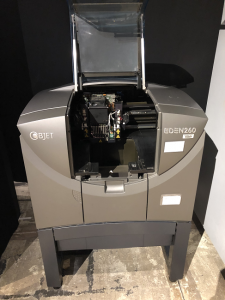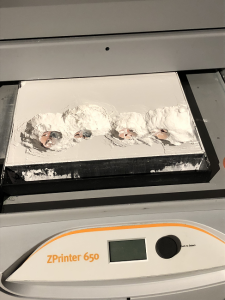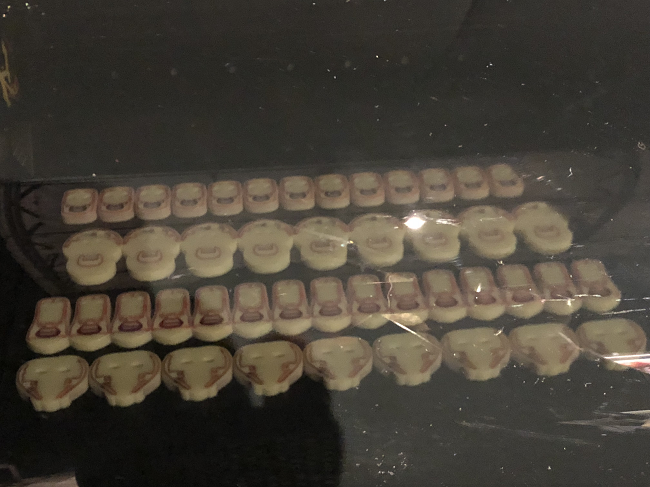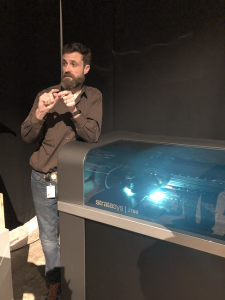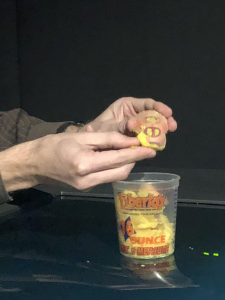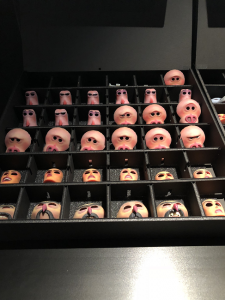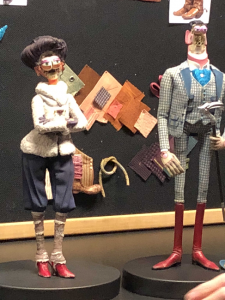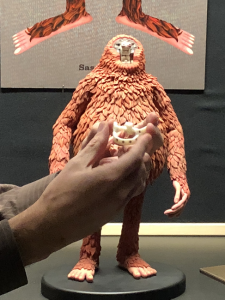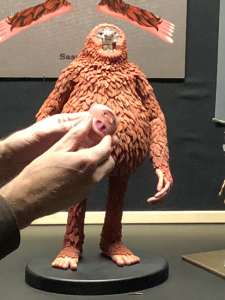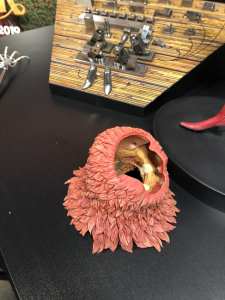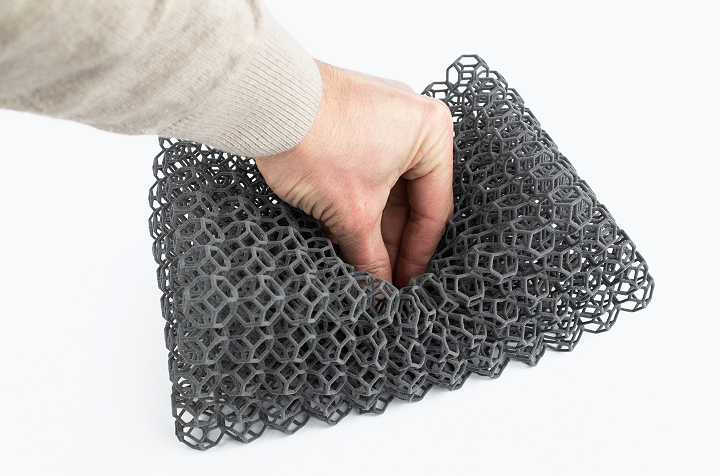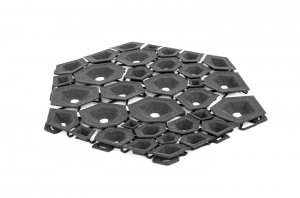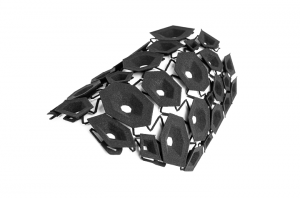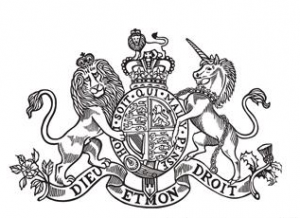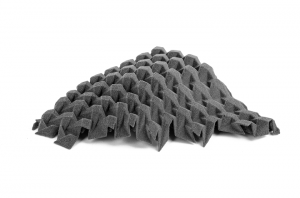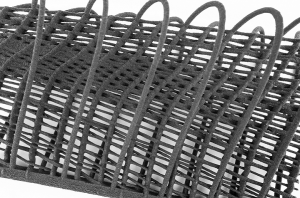While as of the time of writing, the air
travel industry is facing significant difficulties in the face of
pandemic-driven reductions in flights, for many years aircraft have been
proving one of the fastest-growing applications for 3D printing around the world.
We expect that air travel will resume in the not-too-distant future — and that
will see demand for state-of-the-art aircraft on the rise. Some manufacturers
may even be using this unanticipated downtime to revamp their fleets, building
up digital inventories to supply aging aircraft and using advanced
manufacturing technologies to create the next generations of aircraft.
Let’s dive in to find out just why the
aircraft industry is using 3D printing.
A Fit
For 3D Printing
Aerospace is a unique fit for many of the
most-touted benefits of 3D printing:
- Part consolidation
- Lightweighting
- Complex geometries (“freedom of design”)
- Rapid prototyping
- Low-volume production
- Digital inventory
Let’s look at each of these areas to see how
the production of aircraft can make use of these benefits.
Part
Consolidation
The weakest point in an assembly is where it
has been, well, assembled. When it comes to aircraft, such a weakness could
become a point of critical failure, endangering human lives.
By consolidating multiple components of a part
into a single 3D printed build, the number of assembly points is necessarily
reduced. The unique geometries possible with 3D printing can reduce a part that
typically has dozens or hundreds of parts to few — or to one single part. With
no welding, riveting, or other fastening needed to keep the part together, not
only are SKUs reduced, but so too are potential points of failure.
Lightweighting
Every ounce of weight matters when it comes to
equipment meant to fly. Lighter-weight parts means less fuel, improving not
only the carbon footprint of a flight but also the cost to fly.
Materials innovations in 3D printing are
seeing constant improvements in different metals and polymers approved for use
in different equipment. Many of these engineering-grade materials are familiar
to those who have worked with them in traditional manufacturing — translating
these formulations into 3D printable materials is bringing their capabilities
together with part consolidation and other time- and material-reducing benefits
to create altogether lighter final parts.
Freedom
of Design
Many working with design for additive
manufacturing (DfAM) like to proclaim that the technology offers great “freedom
of design,” as complex geometries impossible to make with other manufacturing
processes are for the first time possible.
Design methods like topology optimization and
generative design are developing new shapes never before dreamed of that can be
created only by 3D printing. These complex, often lattice-like designs not only
reduce weight by including material only where necessary, but are often stronger
than legacy designs. While certain constraints of course still exist, and may
vary by 3D printing technology and material used, these are in many ways
significantly reduced from those seen in traditional, subtractive manufacturing
processes. New interior and exterior aircraft components can be designed to
replace stodgy original parts, adding both design finesse and extreme
functionality.
Rapid
Prototyping
The earliest use of 3D printing is also its original nomenclature: rapid prototyping.
Quickly going from a napkin sketch idea to a
CAD design to a first prototype — and then a second, third, and so on —
speeds up the time-to-market for new products. While traditional manufacturing
may require multiple iterations to be sent back and forth over weeks or months,
the fast-paced aircraft industry can see much faster turnaround when designs
can be created and finalized within days or weeks.
Low-Volume
Production
As large as the aerospace industry is, by
total volume the sheer number of aircraft produced is relatively small compared
to, say, automotive or appliance production.
High-value, low-volume production is a perfect
fit for 3D printing. Whereas many traditional manufacturing processes require
expensive tooling and molding to be made, creating economies of scale for mass
production, no molding is necessary for additive manufacturing. One or a few
pieces may be made at a time — including different designs on the same build
plate — with no additional molding or tooling costs. The point of inflection for
additive versus traditional manufacturing typically requires hundreds or
thousands of parts to be made before traditional techniques are more
cost-effective — and while that may ultimately reduce costs to pennies per
injection molded part, before that crossover point, 3D printing is more
cost-effective. This is especially the case when using high-value metal
powders, when material savings are imperative; 3D printing eliminates
significant waste of material as only the material needed for a given build need
be used, and much else can be recycled, rather than cutting away and wasting
material from solid blocks in subtractive manufacturing processes.
Digital
Inventory
When an aircraft is approaching the end of its
useful life, often it can be salvaged through replacing certain parts to keep
it flying. This is often done through use of physical warehouses, where these
spare parts were stored on shelves until needed. These spare parts, in most
cases, were made at the same time as the original mass-produced OEM parts, set
aside to await replacement demand for worn parts. If that demand never comes,
though, they were a waste of not only the time and cost of producing them, but
also of storing them on shelves for however many years. Worse, if that demand
comes but spares are out of stock — especially those forever out of production
— the lack of a small part may ground a plane.
Rather than physically keeping goods on
shelves, digital fabrication methods allow for storage of a design file that
can be 3D printed on demand. 3D printing a replacement part allows for only
those parts needed to ever be made — again without need for first producing
costly molding or tooling. These on-demand spare parts can also be made
anywhere with the appropriate technology, rather than awaiting OEM delays that
can all too easily run up into weeks or months.
Flying
High With 3D Printing
The production of aircraft, from prototype to spare parts, is increasingly benefitting from the use of 3D printing in the supply chain. Decentralized production, new design possibilities, and reductions in time, materials, and costs are offering new ways for aircraft to keep flying high.
The post Why Is The Aircraft Industry Using 3D Printing? appeared first on Shapeways Blog.





